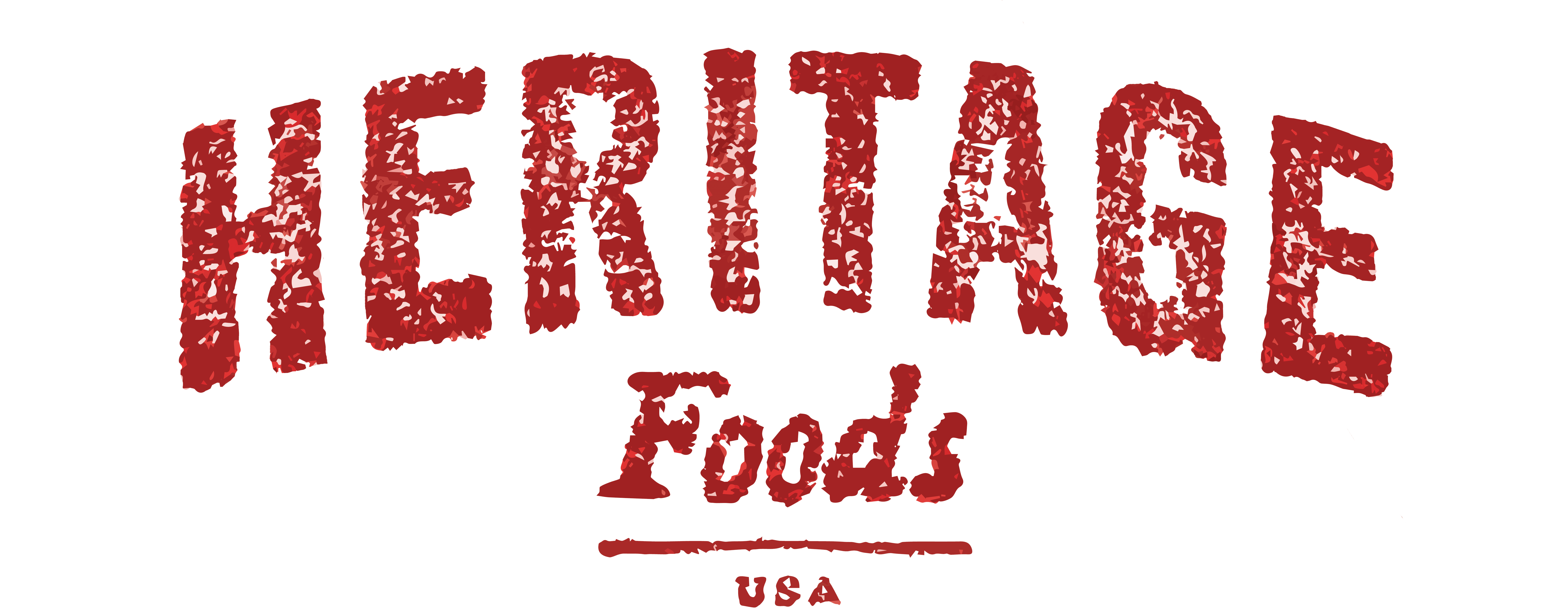
A Sheep Is A Lamb Is A Hogget Is A Mutton
Animals can have different names depending on the context. For example, cattle can be cow, steer, or bull. When we eat it, we call it beef or veal, depending on its age. Pigs can be hogs, boars, sows, or swine, again dependent on factors like age, castration, sex, or wildness.
Sheep are no exception. Americans are largely familiar with the moniker lamb — meaning a sheep under 12 months old and its meat. Mutton refers to the meat of older sheep but not the sheep itself. But there's another denomination that flies under the American radar — hogget. It means meat from sheep in their second year. A more specific definition of mutton is meat from sheep in their third year.
Americans ate more mutton before WWII. Farmers would raise sheep longer, allowing them to harvest more wool. With the rise of industrial agriculture and the decline of domestic wool production, farmers lost the incentive to keep their sheep around for longer. Furthermore, during WWII, many American GIs ate canned mutton from Australia, "which by all accounts was just awful," says Bob Kennard, author of Much Ado About Mutton. When they returned home from the war, mutton was decidedly off the menu.
Here at Heritage Foods, we care deeply about our agricultural and gastronomic traditions. Our mission is to preserve endangered species of livestock from extinction. But that extends beyonds breeds!
By aging our lamb on the hoof, the meat becomes more tender, lending malty, velvety, and buttery flavors. The fat is exquisite and every bite is intense yet pleasing to the palate. This is one of the most delicious meats we sell!
